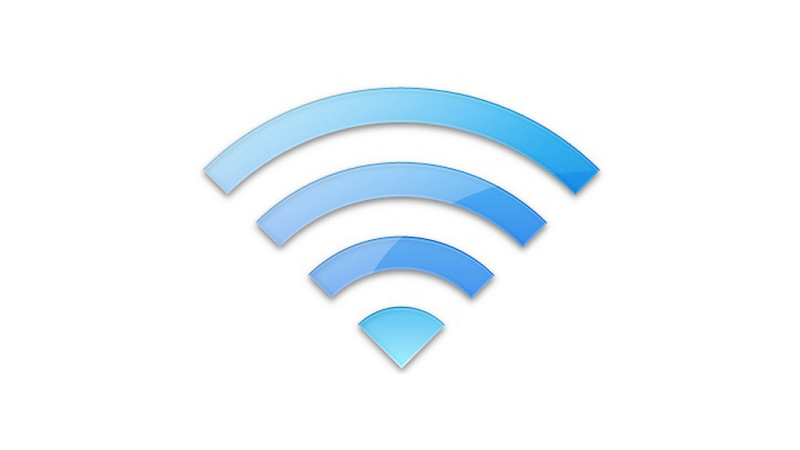
OS X Yosemite brought lots of new features and improvements to the Mac, but it introduced some frustrating Wi-Fi and networking issues, too. Apple still hasn’t fixed the worst one, despite a number of software updates — but there is a simple workaround you can follow to restore connectivity.
The issue all stems from a process called “discoveryd,” which, over time, can use up 100% of the processing power of your Mac — and lots of memory, too. It can also cause your Mac to randomly disconnect from your network, leaving you without Internet access without warning.
When you first boot up your Mac, “discoveryd” typically uses less than 1% of the CPU, and under 100KB of memory. But after a few hours of browsing content-heavy websites, you’ll find CPU and memory usage quickly balloons in Activity Monitor.
If you open up the Console app on your Mac, you’ll also find hundreds of errors all related to “discoveryd.”
The good news is, there is a fix that will bring your connectivity back. You might have to use it often, because it’s not going to completely eliminate the root cause of the problem — but it will at least allow you to get back online. Here are the steps you’ll need to take:
- Turn off all Apple devices connected to your network, including Macs, iOS devices, and Apple TVs
- Reboot any Airport adapters, Time Capsules, or routers on your network
- Turn your Apple devices back on
This causes the cache shared among the iOS and OS X devices on your network to be ditched, and removes any older versions of the “discoveryd” process that will be causing problems. You should then have stable connectivity — at least for a while.
Before you do this, you could also try toggling Wi-Fi on your Mac off and then back on. Sometimes this will restore connectivity, but if the issue is related to a problematic cache, you’ll likely end up having to perform the process above to get a stable network.
Now, here’s the bad news. This problem appears to have been introduced with the first Yosemite release, and almost 7 months later, after a number of updates that promise to fix “Wi-Fi issues,” it still remains. Apple doesn’t seem to be in any rush to fix it.
“Ironically, these issues are most likely to affect Apple’s best customers,” explains Craig Hockenberry on his blog. “The more devices you have, and the longer you have them, the more likely you are to get an unstable network.”
Even after performing this workaround, then, you may find you run into the same issues later on, and the process will need to be repeated. You’ll probably find yourself doing this a lot until Apple finally eliminates this issue, and there’s no sign of that happening any time soon, unfortunately.
